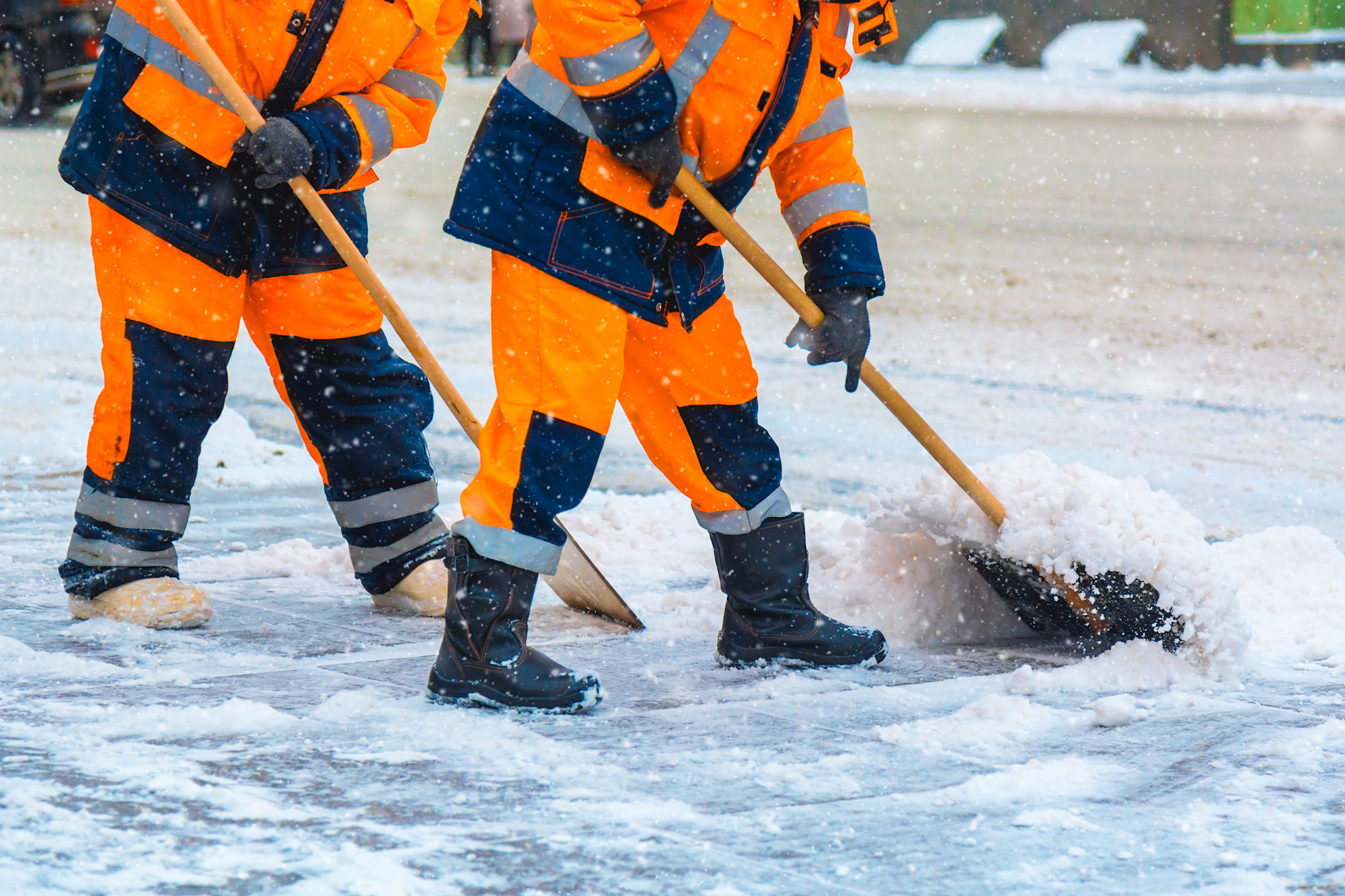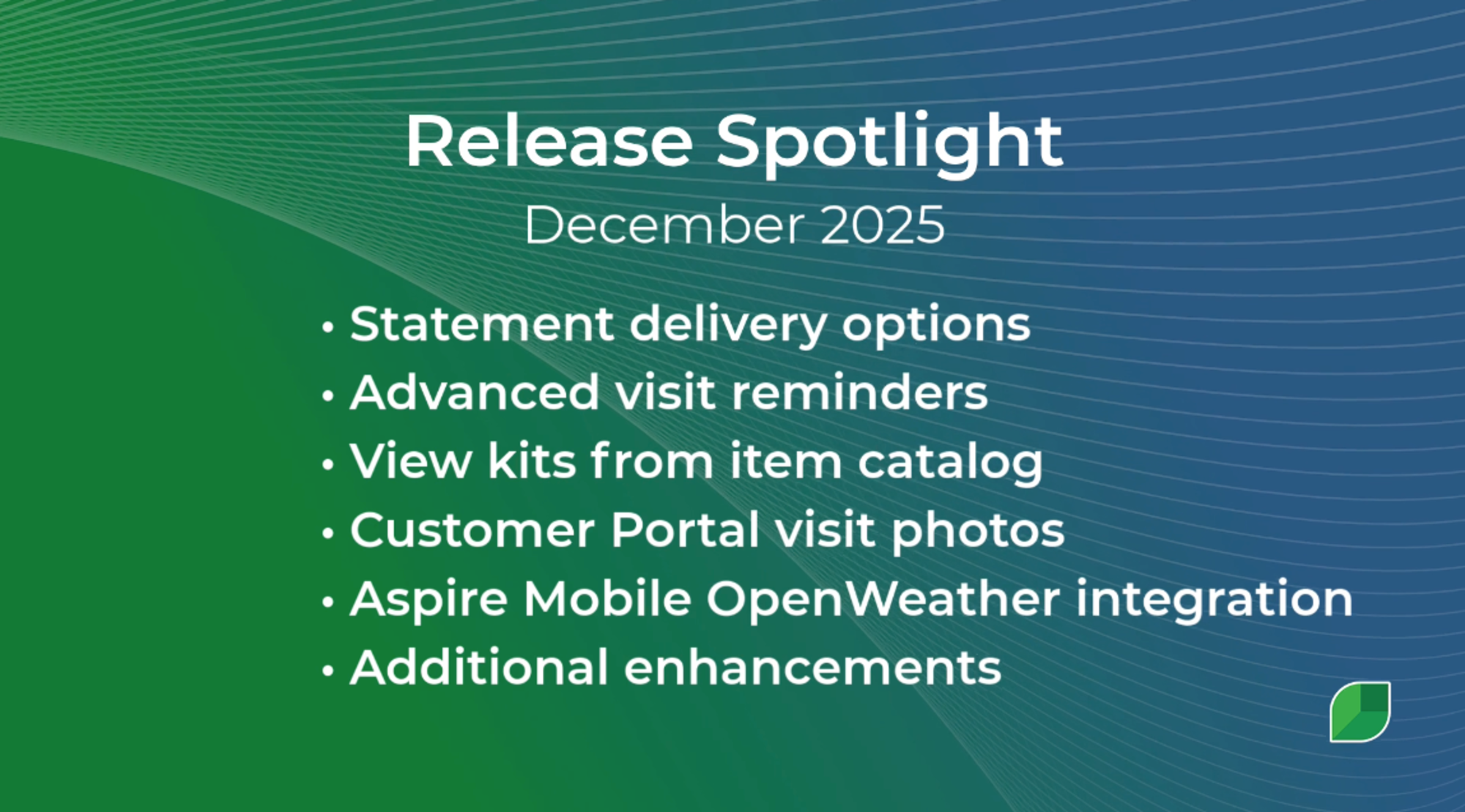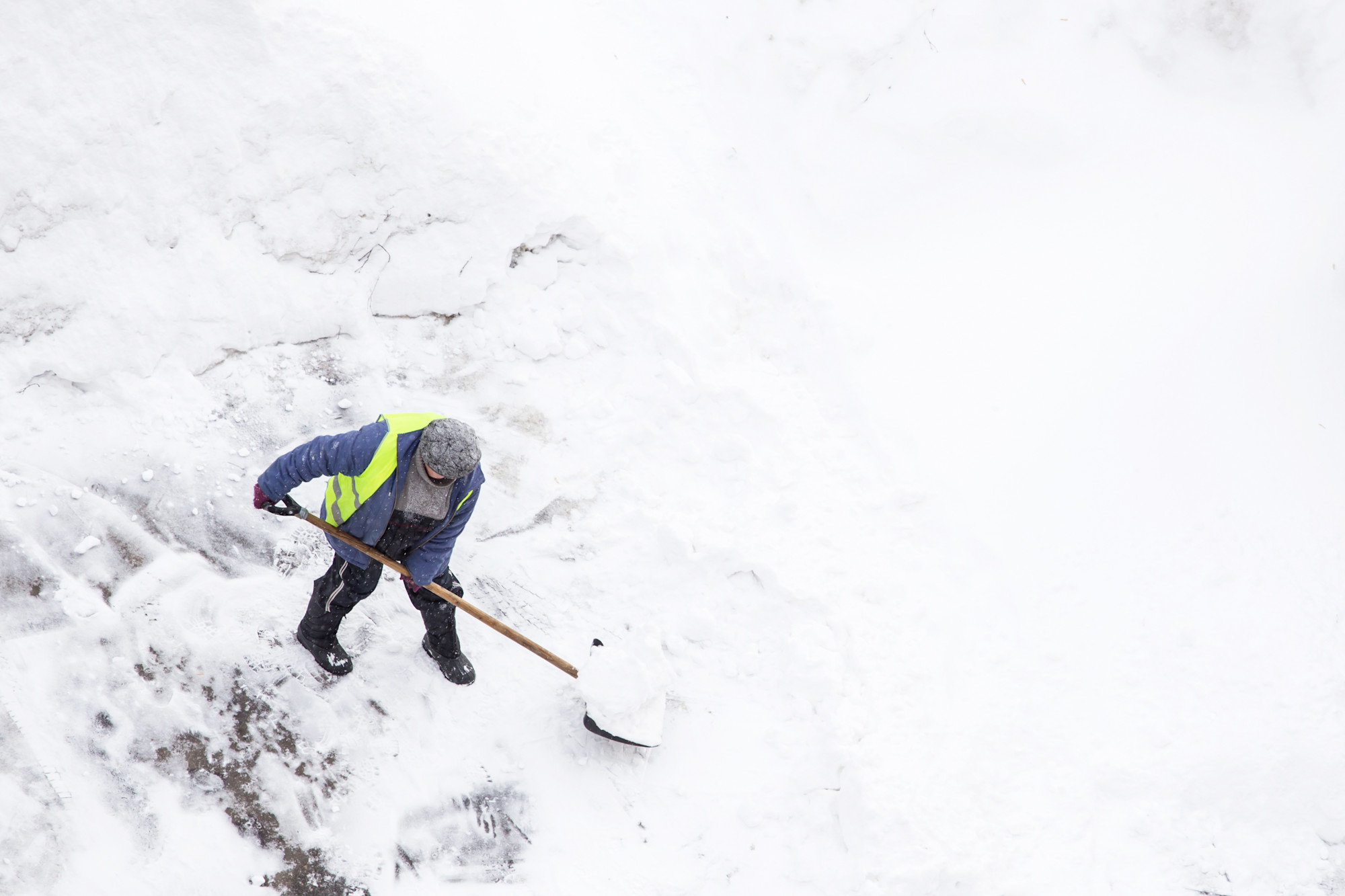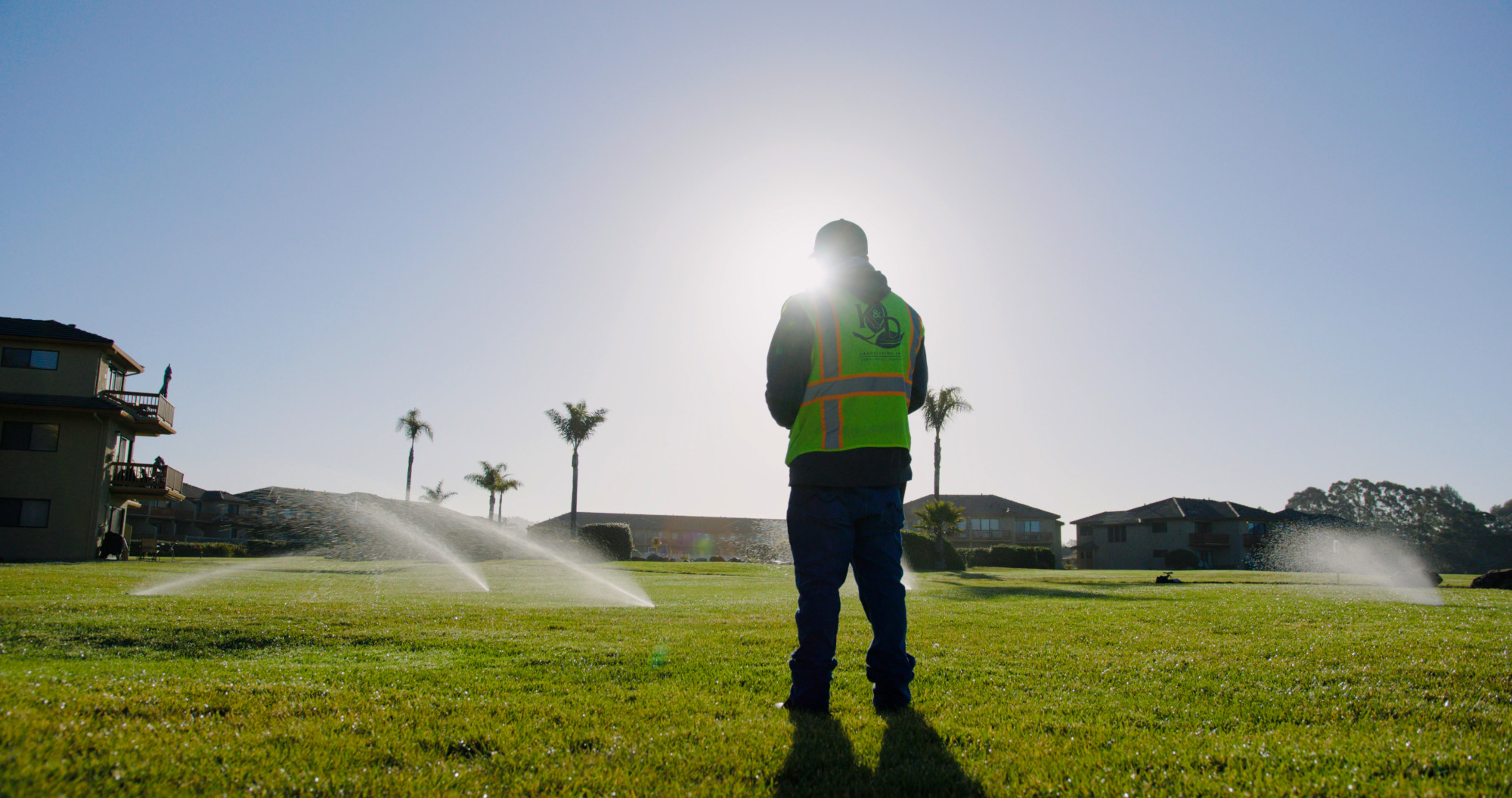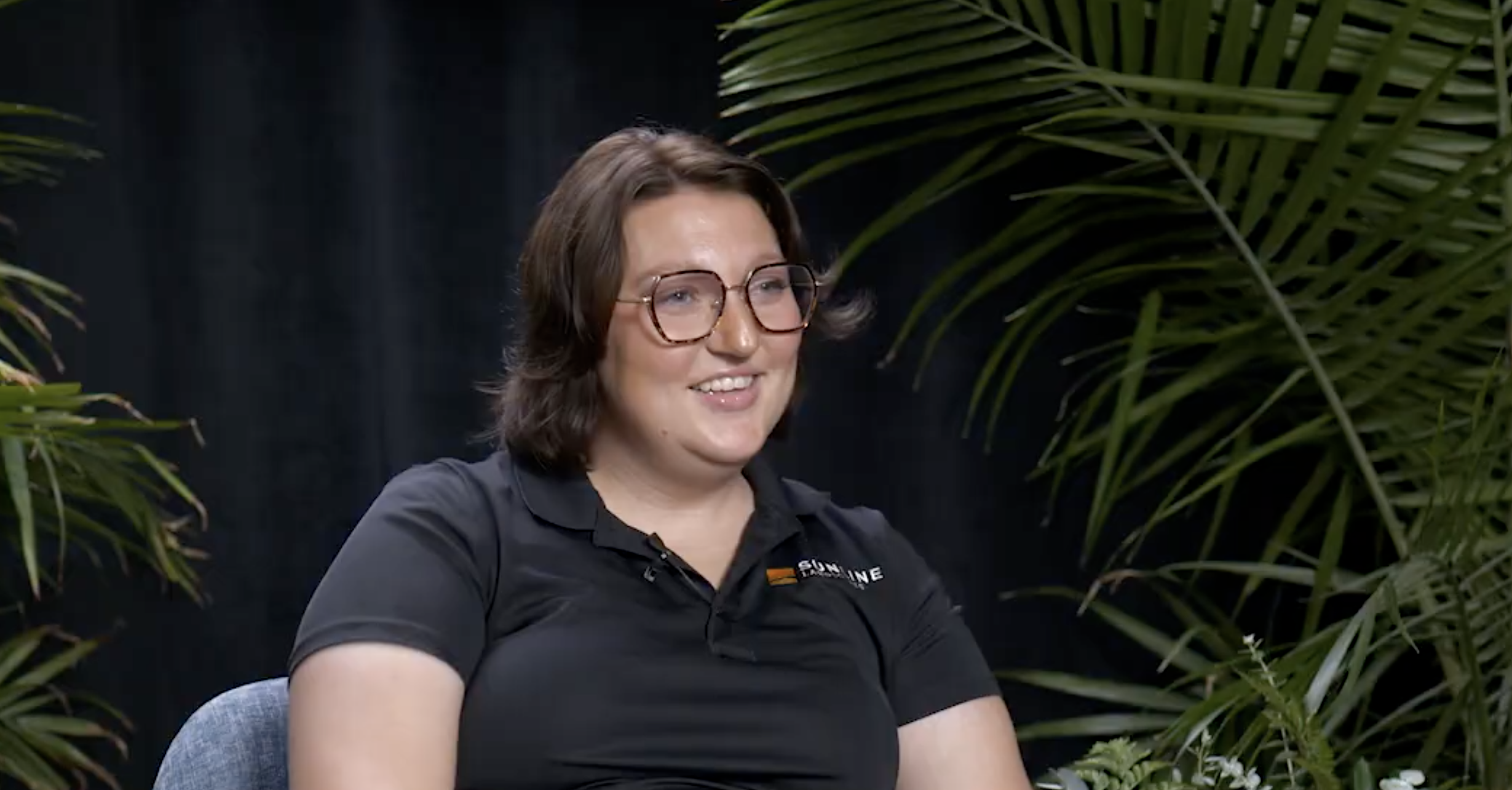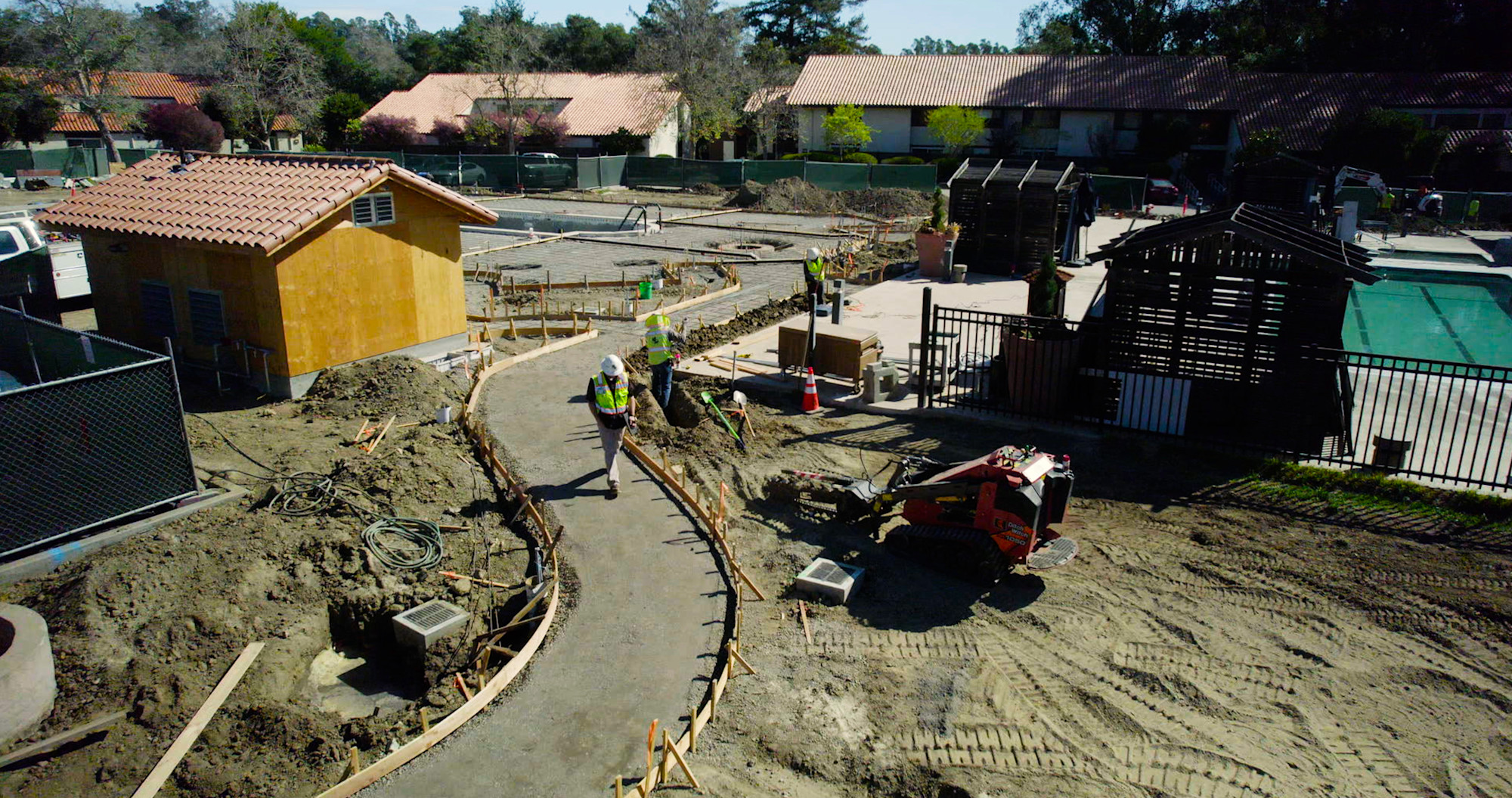You can’t scale chaos, and you can’t grow a landscaping business that bids every job differently. Industry trends shape business strategies and demand more agile, data-driven approaches to stay competitive.
Many landscaping companies reach a tipping point where growth becomes a lot harder.
The sales pipeline is strong, new opportunities are flowing in, but the estimating process is holding everything back behind the scenes.
Growth momentum doesn’t always mean landing new clients
When each estimator uses a different method, production rates vary. Pricing is inconsistent. And suddenly, leadership can’t forecast, operations can’t plan, and the company can’t grow with confidence.
As the landscaping industry's market size continues to increase, companies must be ready to respond to emerging growth opportunities.
Inconsistency in estimating creates bottlenecks that impact every part of the business, from delayed bids and underpriced jobs to missed margins and invoicing confusion. What worked when you were a $2M company won’t sustain you at $10M and beyond.
Understanding industry trends and landscaping market dynamics is critical for overcoming these challenges and positioning your business for success.
This article explores how smarter, consistent estimating can unlock your next growth stage by fueling better decision-making and building a solid foundation for expansion. With the right tools, data, and processes, landscaping companies can remove the guesswork, empower their teams, and create a foundation for repeatable, profitable expansion.
The hidden bottleneck in growth plans
The same estimating habits that helped you reach $2M in revenue won’t carry you to $10M. They may be the very reason you’re stuck. Many landscaping businesses hit a wall—not because there’s a lack of demand, but because their estimating process wasn’t built to scale.
When every bid is built from scratch, or each estimator uses their method, a few key issues emerge:
Bidding volume cannot keep up with sales goals. Manual processes limit the number of quotes your team can produce.
Pricing and margins vary by person or branch. Without standardization, it’s nearly impossible to maintain consistency or spot problems.
A few “expert” estimators carry the load. If they’re unavailable, everything slows down. If they leave, their knowledge leaves with them.
New team members struggle to onboard. Without templates, data, or structure, training is slow and error-prone. Hiring and training new employees is especially challenging during industry-wide labor shortages, making finding and retaining skilled workers harder.
The gaps in job performance and profit margins only widen as you expand to new service lines, customer types, or geographies.
More volume, more staff, and more complexity amplify the inefficiencies.
Taking on more jobs often requires additional staff and skilled workers to meet demand, and labor shortages can make it difficult to scale effectively. Instead of gaining capacity, you’re adding chaos.
Growth isn’t just about adding clients—it’s about doing them profitably and predictably. And that starts with a standardized estimating system that enables your team to deliver consistent, scalable results, manage labor more effectively, and support onboarding new employees.
What smart estimating looks like at scale
Growing landscaping companies estimate smarter instead of scrambling to estimate as many jobs as they can.
The businesses that scale successfully standardize how work is scoped, priced, and handed off to operations. Instead of relying on individual expertise or gut feel, they build systems that anyone on the team can follow, measure, and refine.
Here’s what that looks like in practice:
Templates for popular services eliminate guesswork and reduce inconsistencies. When scope, pricing, and production rates are preloaded, mowing, mulching, seasonal color, and enhancements can all be estimated faster.
Centralized production rate databases ensure all estimators work from the same baseline and have access to real performance data across teams and jobs.
System integration—linking estimating to scheduling, purchasing, and job costing—creates a seamless and efficient workflow from bid to build to bill, streamlining operations and saving time.
Structured onboarding for new estimators replaces tribal knowledge with data-backed standards, making it faster to scale teams without sacrificing accuracy.
Routine audits of estimated vs. actual costs help teams refine assumptions and spot trends that impact profitability.
North by Northwest exemplifies this shift, using Aspire, PropertyIntel, and Convex to drive better profit, not just revenue.
With Aspire and PropertyIntel supporting a connected process, their team can estimate, schedule, and deliver work quickly and consistently, without relying on a handful of expert estimators. Investing in technology and expanding service offerings can provide a competitive edge in the market.
For companies preparing to expand, this kind of scalable foundation isn’t optional—it’s essential, especially given the projected industry growth and the need to stay ahead of the curve.
Repeatability = Profitability
Scaling a landscaping business means taking on more work, but it doesn’t have to mean more stress or chaos for your team. A defined and repeatable estimating process makes it possible to do the work predictably and profitably. No sweat.
There’s a culture change within a business when every estimator follows the same process, uses the same data, and applies the same logic; you gain control over outcomes. You can:
Forecast workload with greater accuracy, knowing your labor and material assumptions are based on consistent standards. Accurate cost estimation and awareness of other costs contribute to better financial planning.
Price jobs competitively without guesswork, protecting your margins even as you grow, while developing effective pricing strategies for long-term success.
Train new estimators quickly, reducing ramp-up time and removing dependence on a few “heroes.”
Evaluate estimator performance objectively, using data to identify where accuracy or efficiency can improve.
Consistency separates businesses that grow smarter from those that simply grow bigger.
Without it, your margins fluctuate, your teams stay reactive, and growth feels like a gamble.
With it, you unlock operational clarity, financial stability, and a blueprint for scale.
Scaling Beyond the Founder
One of the most common growth barriers in landscaping businesses is overreliance on a founder or sales lead to produce profitable estimates.
Growth becomes bottlenecked and vulnerable when one person holds all the pricing knowledge, production assumptions, and client context. The estimating engine stalls if that key individual steps away, gets overloaded, or leaves.
→ This model isn’t scalable. It’s reactive, risky, and leaves the business exposed.
Smart estimating systems shift the weight from individuals to infrastructure.
Companies can empower multiple team members, contractors, and employees to build profitable quotes quickly without sacrificing accuracy by building out:
Data-backed templates
Consistent workflows
Shared production rate libraries
Tools like PropertyIntel make this transition even easier. With aerial imagery, ProMaps, and integrated takeoff tools, estimators can measure properties and scope services without setting foot on-site.
This speeds up the process and opens the door for newer team members or junior staff to contribute meaningfully to estimating..
The result?
More capacity, less risk, and a business that can grow beyond its founder, without losing margin control.
Estimating That Fuels Growth
Estimating is the engine that drives scalable, profitable growth.
Growth becomes chaotic and risky when your process is inconsistent, manual, or reliant on a single person. However, it becomes a strategic advantage when estimating is standardized, data-driven, and repeatable.
If your company struggles to scale bidding capacity, train new estimators, or maintain consistent margins, it’s time to look closer at your estimating foundation.
Ask yourself: Is our process truly built to scale?
Top landscaping companies are proving that smarter estimating unlocks faster bids, stronger margins, and smoother operations across the board.
